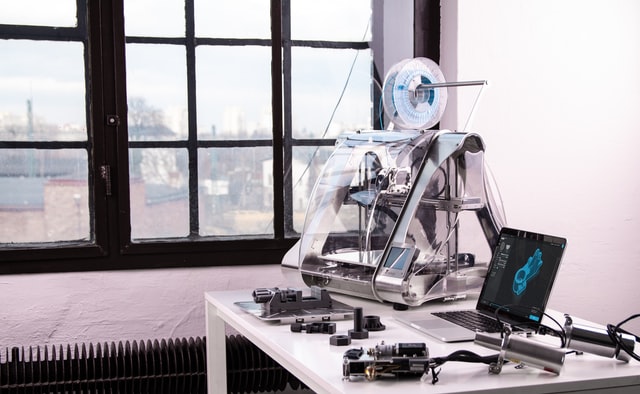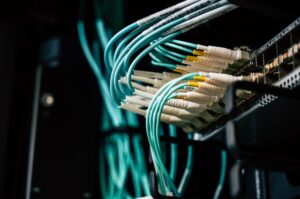CNC machines have a long history in telecommunication data technology and development, but how do they actually work? Let’s take a look at CNC more intimately, and how this technology compared to 3D printing.
How do CNC Machines Work
CNC machines are mostly electromechanical devices that manipulate shop tools by using a computer program, hence the name Computer Numerical Control.
“CNC uses one of two methods, FDM or 3D Printing (SIS/SLM), to create prototypes with the help of a software file.”
Similar to FDM software (specifically slicer packages), CNC machines need digital instruction from a CAM (Computer-Aided Manufacturing) or CAD (Computer-Aided Design) files to compute what you want the CNC machine to do. These files will control machine tools to advance shop productivity by automating labour-intensive processes or technical procedures.
Automated machines are especially useful for creating accurate material cuts, which is necessary for HVAC, automobiles, and engineering components.
By automating repetitive processes and detailed work, machine shops can save on time and labour, and ensure the highest quality product possible. CNC machines are excellent at providing high-quality products with a short turnaround time, making it possible to produce thousands of pieces daily. If the same process was accomplished by hand, labour would take so much time that an individual shop could produce only dozens of pieces in comparison to the CNC machine’s level of output.
Why CNC Machines are Revolutionary
Companies will often outsource their designs and CNC prototyping to small businesses because it’s a cheaper and more effective way to do multiple jobs at once. Machining processes require various tools, different drill bits, lathes, and milling machines to create one piece of technology.
A CNC machine does it all by combining multiple tools into one unit for the device to draw and cut multiple items. Basic CNC machines will move only on the x and y axes, but multi-axis machines are capable of flipping over parts, removing excess material, and cut the sides carefully.
Fully automated machines will always create more accurate cuts than manual inputs, although etching should be done by hand or with other more technical and precise machines. Basically, a more elaborate design may require 3D-printing or laser printers.
Another benefit of CNC machines is the fact that, when set up for maximum efficiency, they can be run 24/7 as a lights-out operation. This means instead of completing 1,000 parts each day, the product run can be doubled, saving even more time and money. When a CNC machine shop can produce a high quantity in a short time, the savings they reap in time and labour is passed on to the buyer.
While high output is needed for large production runs, CNC machines are also beneficial for small production runs or prototype production. Thanks to machine efficiency, small production runs can be set up to run in between larger runs, maximizing shop efficiency and making small batch production affordable.
Common CNC Machines
There are multiple types of CNC machines, but the more common ones below are used in many businesses for their functionality and versatility.
- Lathes: A inverse drill with a flat end, it spins the material against the drill bit instead of making direct contact with the material.
- Drills: A CNC machine with a drill will rotate and move into contact with a stock material or stationary block.
- Milling Machines: The most common technology, it involves multiple rotary cutting tools that hack away to remove material from block or material.
- Chemical and Electrical: Not common, but these technologies (EDM, Ultrasonic) are used in mass-production to work on specialized materials.
CNC VS. 3D Printing
A 3D printer is capable of more complex shapes, while a CNC machine can shape more materials with a single machine. 3D printers are also able to form internal components easier, because they work from the ground up, whereas CNC machines work from the outside-in.
If you need a living hinge prototype, you would use polypropylene and CNC because these materials will be more durable for one object that’s used multiple times a day. Almost anything can be machined with a CNC and be usable, while 3D printers are less durable on average.









